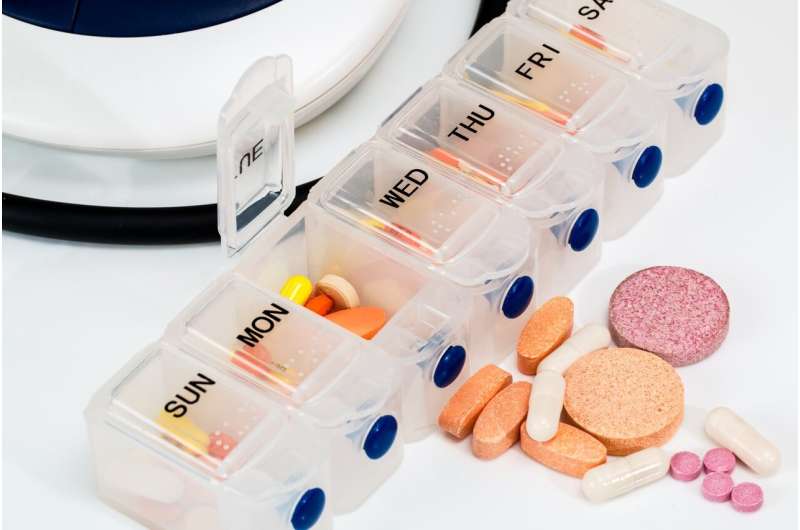New Research Highlights the Health Risks of Inhalable Microplastics and Nanoplastics

Emerging research reveals the potential health risks of inhaling tiny airborne microplastics and nanoplastics, highlighting their role in immune disruption and toxin delivery. Learn about the latest findings on plastic pollution's impact on human health.
Every year, over 20 million pounds of plastic waste accumulate in the Great Lakes, with visible debris like water bottles and fishing lines being easily seen. However, a growing concern lies in the tiny plastic particles, known as microplastics and nanoplastics, that are much harder to detect but pose significant environmental and health threats.
According to research by experts at the University of Toledo, these small plastic particles, especially nanoplastics less than 1 micron in size—much thinner than a human hair—are produced as larger plastic debris break down through weathering, UV exposure, and lake currents. As they age and fragment, they can become airborne, leading to the risk of inhalation.
Dr. David Kennedy, a professor of medicine at UToledo, emphasizes the danger: "As plastic waste ages, it breaks into smaller pieces, creating nanoplastics that are a real concern for environmental and human health." His team has been studying the effects of inhaling these particles, particularly focusing on Lake Erie, a site of frequent harmful algal blooms that produce toxins like microcystin.
In their latest study, published in "Antioxidants," researchers used a sophisticated human lung model to simulate inhalation exposure to aerosolized polystyrene nanoplastics. The results showed a highly dysregulated immune response, with lung cells overwhelmed and producing both inflammatory and anti-inflammatory signals in a chaotic manner.
Haller, co-researcher and associate professor, explains that the cilia, tiny hairlike structures in the lungs responsible for clearing particles, went into overdrive but failed to clear the nanoplastics. The immune cells responded erratically, indicating a disorganized defense mechanism.
What makes this research particularly critical is that it used actual human lung cells, derived from volunteers, grown in a model that closely mimics real lung tissue. This provides a more accurate understanding of how inhaled nanoplastics could affect human respiratory health.
Moreover, these nanoplastics can act as carriers for harmful toxins, especially from algal blooms, potentially delivering a cocktail of pollutants directly into the lungs. Dr. Haller notes, "Plastics, especially tiny ones, can carry other toxins, which could have compounded effects on individuals with pre-existing health conditions."
The findings serve as an early warning of the human health implications of plastic pollution and emphasize the need for further studies on long-term exposure and its combined effects with other environmental toxins. Kennedy advocates for behavioral changes, such as reducing single-use plastics, recycling more, and choosing natural fibers over synthetics, to lessen plastic waste entering ecosystems.
He also highlights local efforts, like reusing glass, which has historical significance for Toledo, to promote sustainable living. Small daily habits can collectively make a significant impact on lowering plastic pollution, protecting air, water, and overall health for future generations.
This research is part of a broader initiative to understand not just environmental effects but direct human health threats posed by airborne micro- and nanoplastics — a critical step toward mitigating their impact.
Stay Updated with Mia's Feed
Get the latest health & wellness insights delivered straight to your inbox.
Related Articles
Biofeedback Speech Therapy Accelerates Improvement in Children with Residual Speech Sound Disorders
A new study demonstrates that biofeedback-enhanced speech therapy helps children with speech sound disorders improve faster than traditional methods, offering promising advancements in treatment efficiency.
President Trump Overstates Speed and Certainty of Prescription Drug Price Cuts
President Trump claimed an executive order would lead to nearly immediate reductions in prescription drug prices, but experts warn the process is complex and will take months or years. Learn about the implications and challenges of federal efforts to lower drug costs in the U.S.
Higher Risk of Opioid Overdose Deaths Among Female and Minority Veterans
Research reveals that female veterans and racial/ethnic minority groups are at greater risk of dying from opioid overdoses, highlighting urgent needs for targeted interventions.
Neural Maps of Rewards May Be Impaired in Dementia and Amplified in Addiction
New research reveals how brain's reward maps function in dementia and addiction, offering insights into potential therapies for memory and behavioral disorders.



